Introduction
Remember the days when every bit of our digital life had to fit into our physical hard drives, and collaboration meant endlessly emailing documents back and forth? Well, In this article, you will explore about top 5 examples of cloud computing. This technology has not just evolved; it’s revolutionized the way we store, access, and manage data.
At its core, cloud computing lets us keep our files, applications, and servers on the internet—on someone else’s hardware, accessible from anywhere and anytime. It’s the engine behind your photo sharing, document collaboration, and even the streaming services you binge-watch.
In this post, we delve into how cloud computing has become integral to our digital ecosystem, offering a closer look at the Top 5 examples where this technology shines the brightest.
A Glimpse of top 5 examples of Cloud Computing :
Cloud Storage Solutions
Cloud storage solutions enable users to store, manage, and access their data via the Internet rather than local hardware. These solutions have various advantages, including scalability, remote access from any location with an internet connection, automatic backups, and collaboration tools.
Here are a few common cloud storage options:
Dropbox: Revolutionizing File Sharing
- Ease of Use and Accessibility: One of Dropbox‘s biggest wins is its simplicity. Anyone can start using it with barely any learning curve. Sharing large files or folders is as easy as sending a link.
- Security Measures: Dropbox safeguards your files with robust encryption, both in transit and at rest. It’s like having a bank vault online.
- Integration with Other Applications: It plays nicely with numerous apps, making it a versatile tool in your productivity arsenal.
Google Drive: The Backbone of Collaboration
- Real-time Collaboration Features: Google Drive allows multiple people to work on a document simultaneously. It’s like having a team meeting, but everyone can be in their pajamas at home.
- Cross-platform Synchronization: Whether you’re on a phone, tablet, or computer, Google Drive keeps your files in sync across all devices.
- Generous Storage and Competitive Pricing: With a hefty amount of free storage and affordable upgrades, it’s a go-to choice for many.
iCloud: Keeping Apple Ecosystems in Harmony
- Seamless Integration Across Apple Devices: iCloud makes all Apple devices play nice together. Your photos, notes, and reminders sync effortlessly.
- Backup and Restore Functionality: Lost your phone? No sweat. iCloud’s backup and restore functions are like a time machine for your data.
- Photo and Media Management: With iCloud, managing your media is a breeze. Sharing albums with family or accessing your entire library anywhere has never been easier.
Cloud Infrastructure Services
Cloud infrastructure services, also known as Infrastructure as a Service (IaaS), deliver virtualized computer resources via the Internet. These services let enterprises install and maintain their IT infrastructure without the need to invest in actual hardware or manage on-premises data centers.
The following are some popular cloud infrastructure service providers:
Amazon Web Services (AWS): The Pioneer
- Expansive Service Offerings: AWS is like the Swiss Army knife of the cloud world. Whether you need hosting, databases, machine learning, or storage, AWS has you covered.
- Scalability and Flexibility: It grows with your needs. Start small and scale up as your demand increases without skipping a beat.
- Robust Security Features: AWS offers top-notch security, ensuring your data is tightly protected.
Microsoft Azure: Bridging with Microsoft Products
- Integration with Microsoft Software: Azure extends the power of Microsoft’s software to the cloud, offering seamless integration for businesses already rooted in Microsoft products.
- Hybrid Cloud Capabilities: Not ready to move everything to the cloud? Azure’s hybrid cloud options offer the best of both worlds.
- AI and Machine Learning Services: With Azure, you can tap into powerful AI and machine learning tools to unlock new insights from your data.
Google Cloud Platform (GCP): AI and ML at Its Core
- State-of-the-art Data Analytics: GCP gives you the tools to analyze your data in ways that could reveal the next big opportunity for your business.
- Custom Machine Learning Model Development: It’s like having your own team of AI researchers, ready to tailor machine learning models specifically for your needs.
- Significant Global Infrastructure: Google’s massive infrastructure ensures that your services run smoothly and reliably, no matter where your users are.
Web-Based Cloud Computing
Web-based cloud computing, also known as cloud-based web services, is the delivery of computer services via the internet using web-based applications and platforms. These services take advantage of cloud computing’s scale, flexibility, and accessibility to provide users and companies a wide range of capabilities.
Here are some common web-based cloud computing services:
Office 365: Productivity in the Cloud
- Subscription-based Model: Gone are the days of hefty upfront costs for software. Office 365 offers all the tools you need with a simple subscription.
- Comprehensive Suite of Applications: From Word to Excel, to Teams, Office 365 keeps all your productivity needs under one roof.
- Collaboration and Communication Tools: It redefines teamwork with tools that make collaboration and communication a breeze.
Salesforce: Transforming Customer Relationship Management
- Cloud-based CRM Solutions: Salesforce puts your customer information in the cloud, making it accessible from anywhere and giving you a 360-degree view of your customers.
- Customization and Scalability: Tailor Salesforce to your needs, and it will scale with your business as it grows.
- Integration with Other Business Apps: It plays well with other apps, ensuring your CRM can be the hub of your business ecosystem.
Adobe Creative Cloud: Unleashing Creativity Anywhere
- Access to Major Creative Software: Adobe Creative Cloud brings tools like Photoshop and Illustrator to the cloud, making them accessible anywhere.
- Cloud Storage for Projects: Gone are the days of “file not found.” Your projects are always there, in the cloud, ready when you are.
- Cross-Device Synchronization: Start a project on your tablet, tweak it on your phone, and finish it on your desktop—seamlessly.
Cloud Computing Platforms
Cloud computing platforms offer a variety of services and resources via the internet, allowing customers to create, deploy, and administer applications and services without having to invest in or maintain physical infrastructure. These platforms provide various levels of abstraction, ranging from low-level infrastructure components to fully managed services.
Listed below are some popular cloud computing platforms:
Heroku: Simplifying App Deployment
- Ease of Application Deployment: Heroku takes the pain out of app deployment. Push your code, and it handles the rest.
- Language and Framework Agnostic: Whether you’re using Ruby, Java, Node.js, or anything else, Heroku supports it.
- Integrated Data Services: With add-ons for data stores, messaging, and more, Heroku lets you build and scale applications effortlessly.
Kubernetes: Leading Container Orchestration
- Automates Application Deployment: Kubernetes automates the deployment, scaling, and operation of application containers. It’s like having your own personal DevOps team.
- Scales and Manages Containers: Whether you have 10 containers or 10,000, Kubernetes scales and manages them with ease.
- Seamless Integration with Cloud Providers: Kubernetes works hand in hand with cloud providers, making it a breeze to run your applications in the cloud.
Emerging Trends in Cloud Computing
As of my latest update in January 2024, various developing trends were influencing the cloud computing world. While the specifics may have modified since then, here are some patterns that were gaining popularity at the time.
Edge Computing: Decentralizing the Cloud
- Enhancing Speed and Efficiency: By processing data closer to where it’s created, edge computing drastically reduces latency and increases efficiency.
- Application in IoT Devices: It’s a game-changer for IoT, allowing devices to process data instantly, without the lag of sending it to the cloud and back.
- Potential to Reduce Latency: The promise of real-time data processing is becoming a reality, thanks to edge computing.
Serverless Computing: Bypassing the Infrastructure Management
- Focus on Code, Not Servers: With serverless computing, you write the code, and the cloud provider handles the rest. It’s that simple.
- Pay-per-use Pricing Model: Pay only for what you use. No more paying for idle server time.
- Enables Faster Market Deployment: By removing the server management hurdle, serverless computing lets you get your applications to market faster.
Hybrid Cloud Strategies: Balancing Flexibility and Control
- Mixing On-premises, Private, and Public Clouds: Hybrid cloud offers the perfect blend of control, security, and flexibility.
- Tailored Cloud Services Combination: Customize your cloud environment to perfectly suit your business needs.
- Enhanced Data Security and Compliance: Keep sensitive data on-premises while taking advantage of the cloud’s scalability for everything else.
Also read – The Future of Artificial Intelligence in India
Conclusion:
From revolutionizing file sharing with Dropbox to empowering creativity with Adobe Creative Cloud, these top 5 examples of cloud computing is not just a part of our digital ecosystem—it’s at its very heart. As we’ve seen, whether it’s storing information, deploying applications, or managing infrastructure, cloud computing offers solutions that are flexible, secure, and innovative.
The link between cloud computing and modern business success is undeniable.
As we look to the future, trends like edge computing, server less computing, and hybrid cloud strategies promise to push the boundaries even further. The cloud is a vast and ever-expanding universe, with limitless potential to transform how we work, live, and play.
Having any queries? – Do reach us at info@scivoyage.com
Frequently Asked Questions
What is Cloud Computing?
Cloud computing enables storing and accessing data and computing services over the internet instead of your computer’s hard drive.
Why are businesses moving to Cloud Computing?
Businesses are adopting cloud computing for its scalability, cost-effectiveness, and ability to facilitate remote work and collaboration.
How does Cloud Computing enhance productivity?
Cloud computing enhances productivity by enabling real-time collaboration, offering flexibility to work from anywhere, and reducing downtime.
What are the main concerns associated with Cloud Computing?
Security, privacy, and compliance remain significant concerns, though cloud providers continuously work to address these issues with advanced technologies and protocols.
How does one choose the right Cloud Computing solution?
Choosing the right cloud computing solution involves assessing your business needs, understanding the different services and providers, and considering factors such as cost, scalability, and security.
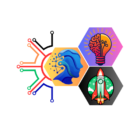
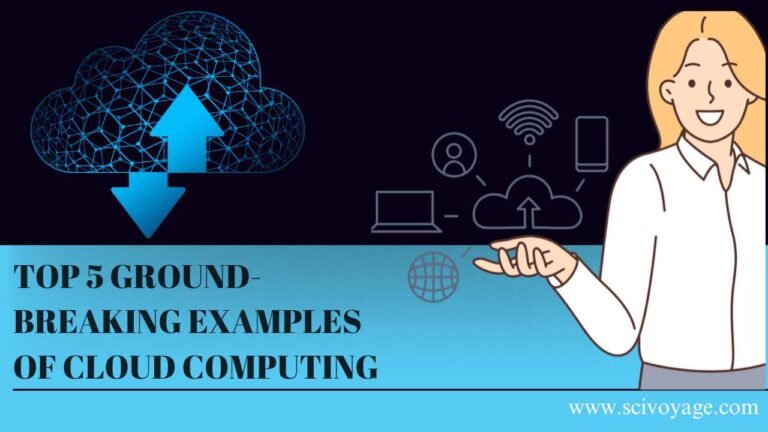









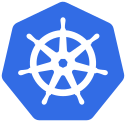
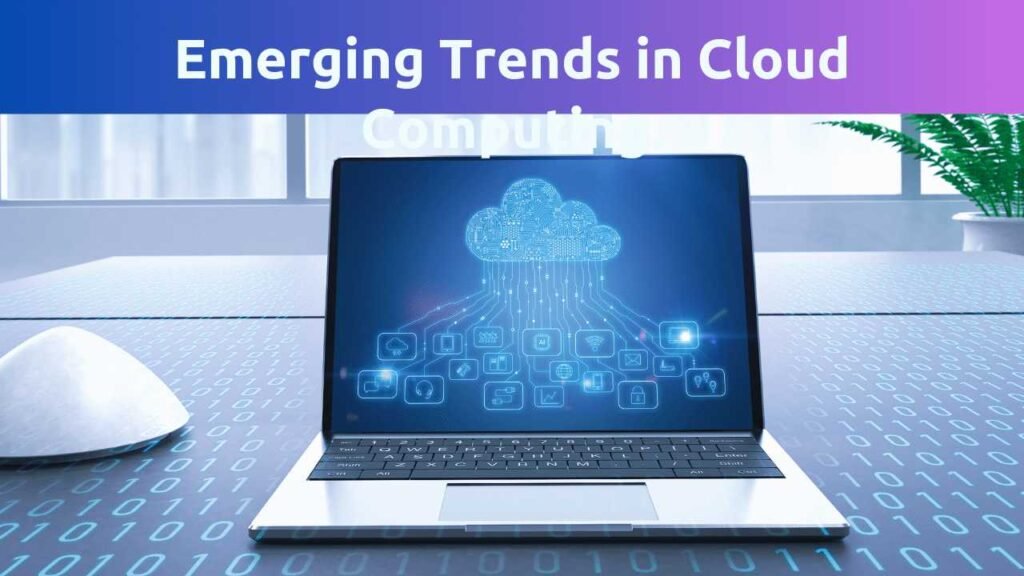
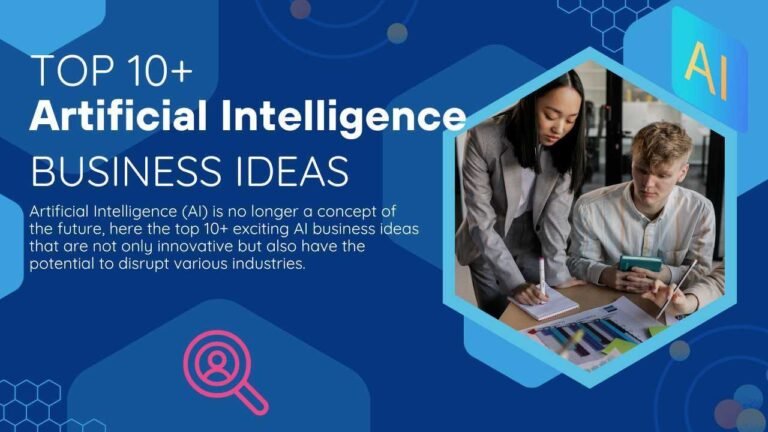
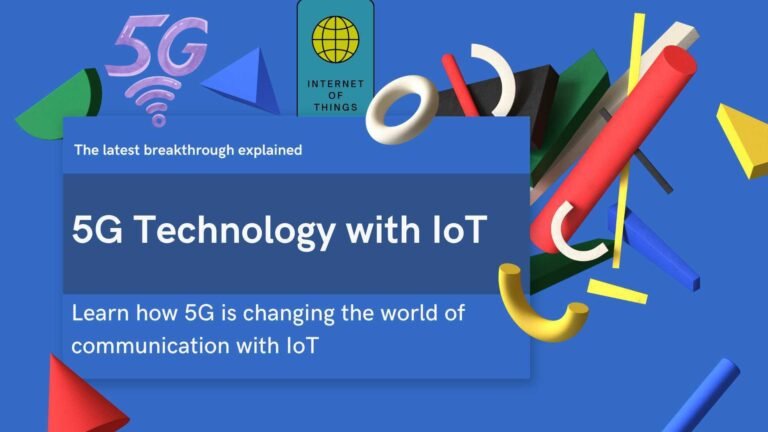
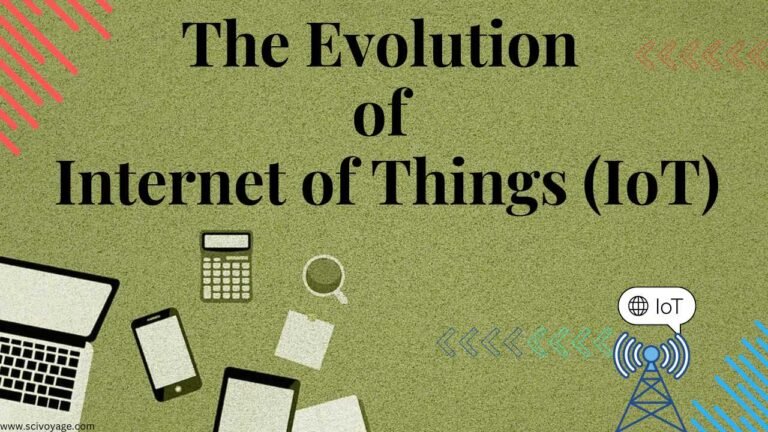

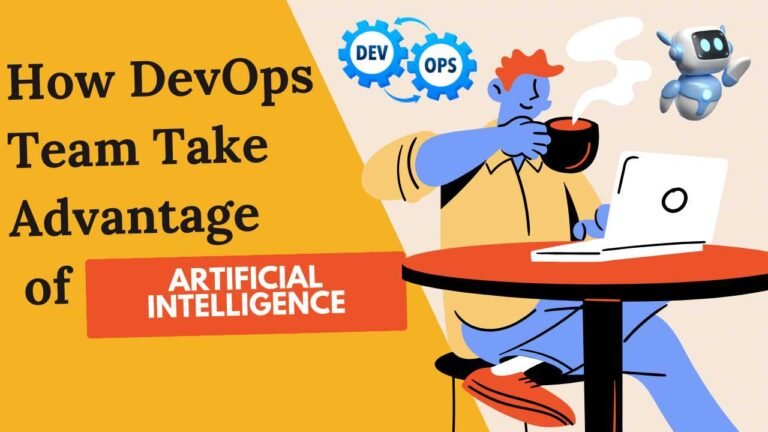


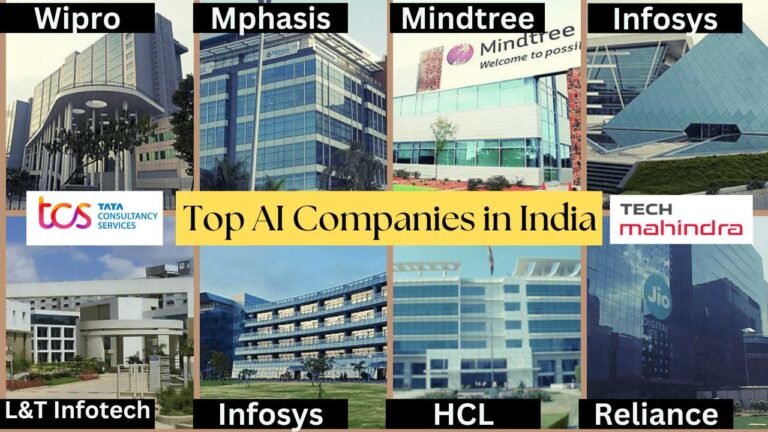
13 thoughts on “Top 5 Examples of Cloud Computing”
Thanks for sharing. I read many of your blog posts, cool, your blog is very good.
Thank you for your sharing. I am worried that I lack creative ideas. It is your article that makes me full of hope. Thank you. But, I have a question, can you help me?
I don’t think the title of your article matches the content lol. Just kidding, mainly because I had some doubts after reading the article.
Can you be more specific about the content of your article? After reading it, I still have some doubts. Hope you can help me.
Thanks for sharing. I read many of your blog posts, cool, your blog is very good.
Thanks for sharing. I read many of your blog posts, cool, your blog is very good.
Thank you for your sharing. I am worried that I lack creative ideas. It is your article that makes me full of hope. Thank you. But, I have a question, can you help me?
Thank you for your sharing. I am worried that I lack creative ideas. It is your article that makes me full of hope. Thank you. But, I have a question, can you help me? https://www.binance.info/join?ref=IJFGOAID
I’m extremely inspired with your writing talents as smartly as with the structure on your weblog. Is that this a paid theme or did you customize it your self? Anyway keep up the excellent quality writing, it’s rare to look a nice weblog like this one today!
Your point of view caught my eye and was very interesting. Thanks. I have a question for you.
Thank you for your sharing. I am worried that I lack creative ideas. It is your article that makes me full of hope. Thank you. But, I have a question, can you help me?
I don’t think the title of your article matches the content lol. Just kidding, mainly because I had some doubts after reading the article.
Sosyal medya yönetiminde en iyilerden biri.